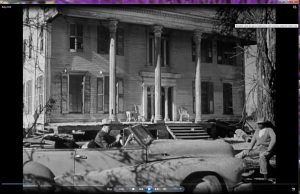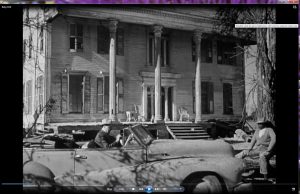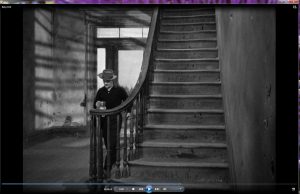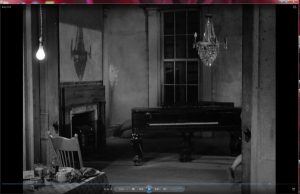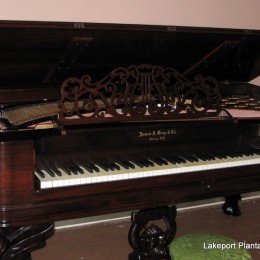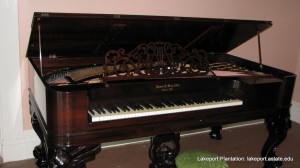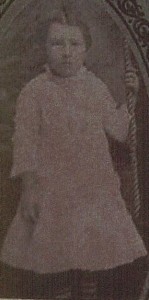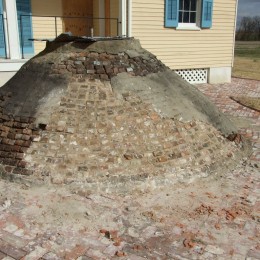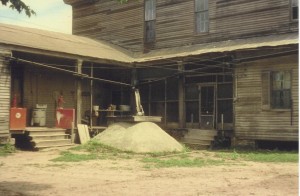Lakeport Technical Reports
Technical Report #1: Parge Coating
Technical Report #2: Chimneys
Technical Report #3: Foundation & Footers
Technical Report #4: Windows
Technical Report #5: Shingled Roof
Technical Report #6: Guttering & Sheet Metal Work
Technical Report #7: Cornice, Siding & Paint
Technical Report #8: Lakeport Porches
Technical Report #9: Braced Frame Construction
Technical Report #10: Smokehouse & Mechanicals
Archeological Investigations at Lakeport Plantation: Randall Guending, May 2003
Technical Reports are also planned for the brick walkway, plaster work, shutters, restoration of the exterior doors, mantels, and rose window.

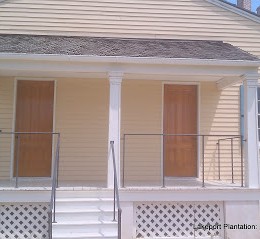
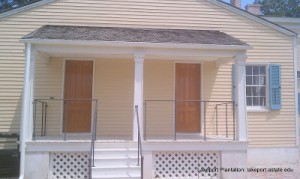
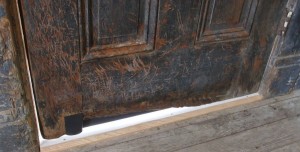
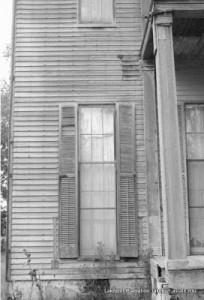
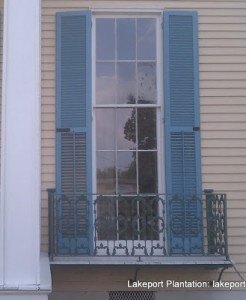
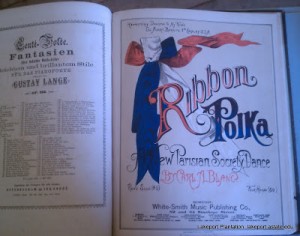
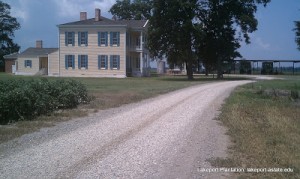


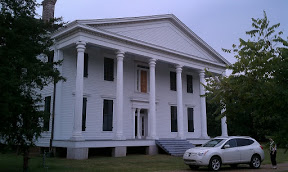
 in 1936 as the “
in 1936 as the “